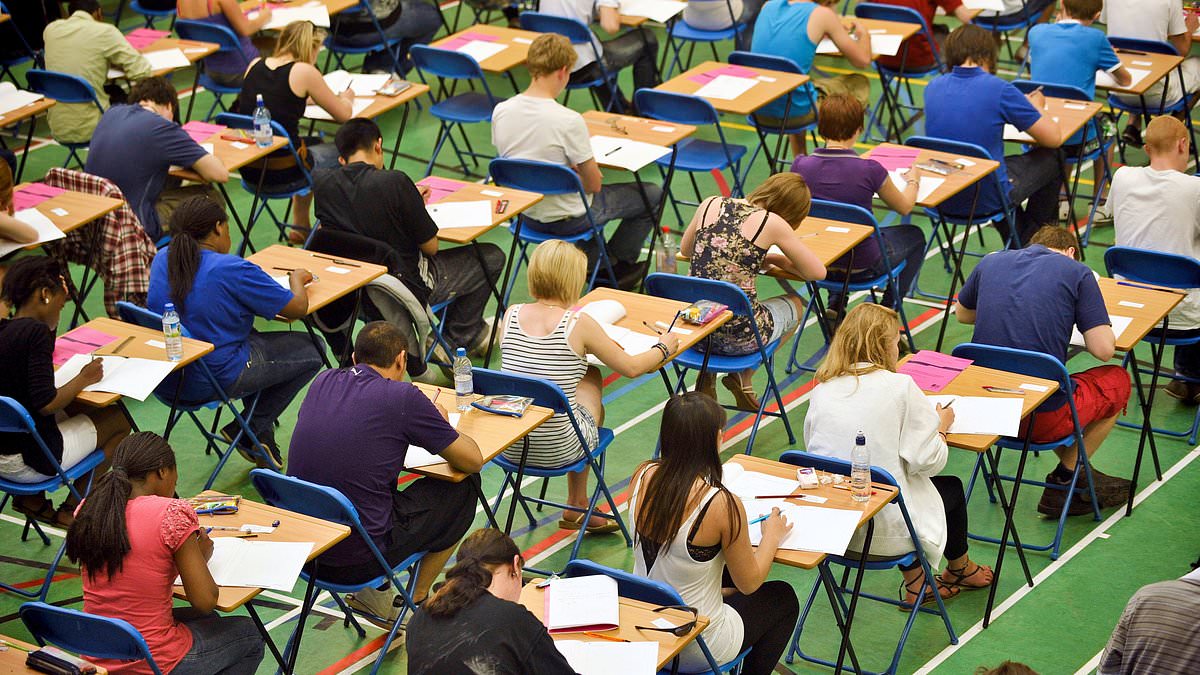
Underrepresentation of White Pupils in Top UK Universities
For the third consecutive year, white pupils remain the least likely demographic to gain admission into the top third of UK universities, according to recent analysis of Department for Education (DfE) data. Only 11.7% of white students successfully enroll in these high-ranking institutions by the age of 19. In comparison, 12.1% of black pupils, 15.5% of mixed-race pupils, and 18.6% of Asian students secure spots in the nation’s elite universities.
Among the factors driving this disparity is the underachievement of British white students from low-income families—a group that ranks among the lowest-performing sub-categories. Shockingly, only 3% of these pupils matriculate into high-tariff universities, which are classified as institutions with the most stringent entry requirements.
Government Response to Educational Inequality
Education Secretary Bridget Phillipson recently called this issue a national disgrace and committed to raising standards for white working-class pupils. She emphasized the urgency of addressing the systemic factors that lead to these students being ‘written off’ during their schooling years, preventing them from realizing their full potential in exams and beyond.
Alan Smithers, Professor of Education at Buckingham University, has praised the achievements of ethnic minority pupils in the education system, noting that many migrant families bring with them a cultural emphasis on the value of education. He stated, “Many of those born abroad understand the critical role education plays in achieving a good quality of life, while some domestic pupils may have become reliant on state support instead of pursuing educational advancement.”
Discrepancies Between Native and Migrant Student Outcomes
The research highlights a notable variance in admission rates between British-born pupils and students with migrant backgrounds. While 42.8% of native English speakers pursue higher education, the rate for students whose first language is not English climbs to a striking 60.9%. This reflects a significant gap in ambition and attainment within the education system.
The Role of Universities in Promoting Equal Access
Despite criticism from some campaigners regarding potential institutional racism, Professor Smithers suggests that UK universities have made substantial efforts to be inclusive and welcoming to diverse groups. The analysis suggests that universities are expanding access for ethnic minorities and acknowledges the continued need for addressing baked-in inequalities that exist within the UK’s education system.
A Department for Education spokesman remarked, “This Government is committed to supporting the aspirations of every student who has the qualifications and ambition to attend university, regardless of their background. Universities must continue doing more to improve outcomes for disadvantaged students.”
Empowering Students with Tools for Success
Enhancing access to education and providing the right resources remain key priorities for fostering equality. Families with school-age children may consider leveraging educational tools like home tutoring programs or skill-building platforms such as the Kumon Math and English Study Programs to build confidence and success in academic performance.
The education system must continue striving toward fairness, ensuring no group is left behind in pursuing higher education and career opportunities.





